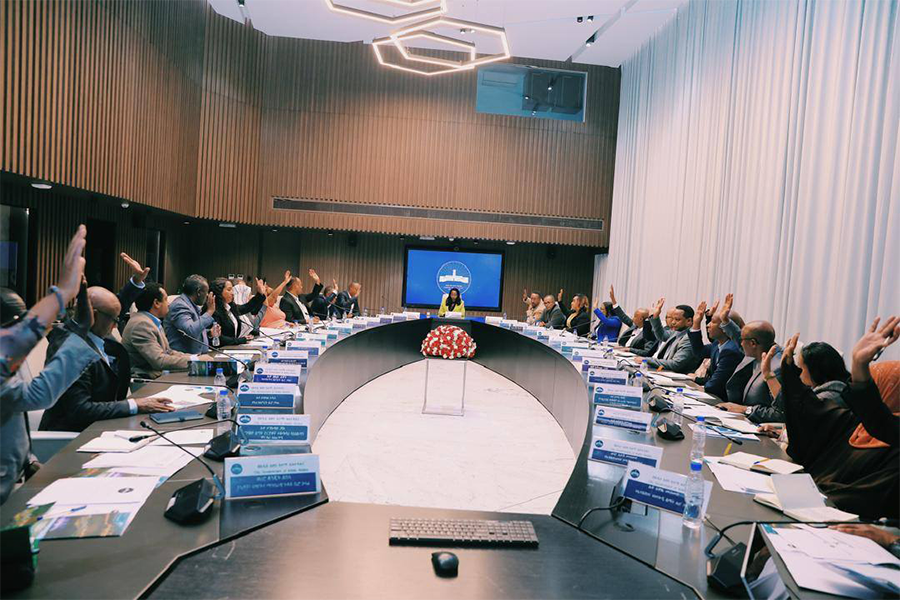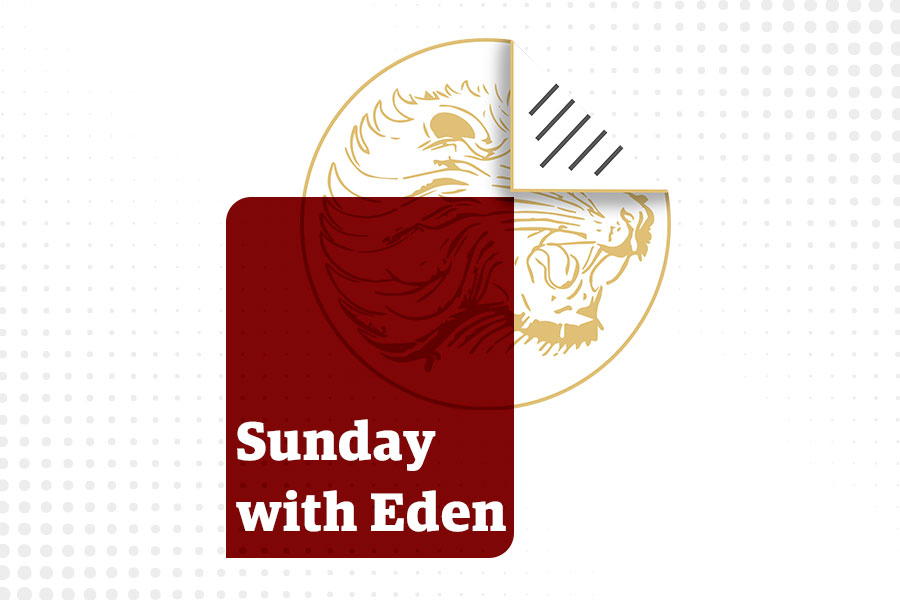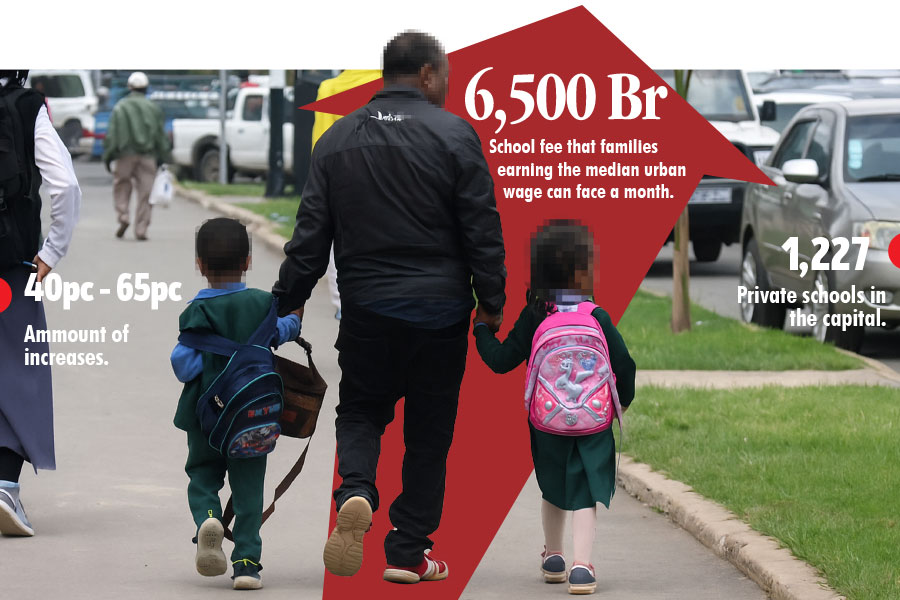
Aug 8 , 2020
By Kidist Yidnekachew
Aneighbour recently gave birth to a baby girl. As tradition dictates, I went to visit her, bearing diapers and baby clothing. It was her second child, and she seemed fine for someone who had given birth just a few days ago. She is the kind of person that comes across as strong.
She was dressed in the usual driya, a long loose dress that women usually wear when they are either pregnant or have just given birth. The breathable nature of the clothing makes it suitable to wear at home or when one is in the mood for a breeze. Other post-delivery traditions for mothers include braiding hair and putting some butter on the heads.
Most women who give birth do not put much care into their appearance after labour, perhaps because of the physical drain of labour. Of course, it is not as if the combination of daily visitors and a demanding newborn gives us ladies the opportunity to take care of ourselves.
It takes a particular kind of person like myself to continue to insist on maintaining certain looks. The day I left the hospital after giving birth, I was dressed properly and managed to apply eyeliner and lipstick – all of this even though my brain was on fire with headache after surgery and it hurt when I walked.
That somehow kept me from feeling pain and gave me the illusion that I was okay. It was a concession to myself that I had not changed.
It was thus apparent that trading child labour and delivery stories with my neighbour would take me down memory lane. I told her about how family and friends who came to visit me asked me at every chance they got whether I gave birth through natural labour or a Caesarean section (C-section).
“How come?” they would ask when they learned that I chose the latter. Those that knew how easy I had it until my due date would say, “we thought you were going to have an easy one.”
Many people had a strong opinion about the importance of giving birth the natural way. Others believed that what mattered was that my baby and I survived in one piece. I agree with the latter.
People’s disappointment when they realised I had gone under the knife used to bother me. I did not have a choice. My original plan was to go through labour and give natural birth, but things did not go as planned.
I was laying at the hospital bed feeling the pain of induced labour, thinking to myself, “Why am I putting up with the pain and what am I trying to prove by deciding to go through this?”
It felt like the natural way was proof of strength, especially to my family – a certificate that I am a strong woman and that I would be a good mother. I was feeling the pressure of the cultural myth that women who choose C-sections are weak.
It was as if carrying a baby for nine months is not strength enough, or even going through surgery for that matter. This is not to mention the lifelong scar that it leaves.
Undeniably, for many women, giving birth naturally is extremely painful, much more than surgery. But if given the option of choosing between pain and the lack of it, women should not be shamed into choosing the former.
Why does a person have to endure this much pain when there is an easy way out? Why is taking the less painful option comparable to being a coward?
Physical pain threshold levels do not define who we are or make us strong people. Some people are less susceptible to pain, and some very little. It is much more of a natural coincidence than anything else.
It is also untrue that the bond between a mother and a child is strengthened through natural labour. Apparently, there is some research to show this. It, nonetheless, seems to be a very crude way of reducing the profound relationship between mothers and their children.
If men can love their children, and vice versa, without having to go through anything remotely as painful, why should women? How about the nine months of uncomfortable carriage?
It is, instead, the politics of it all that bogs us down and portrays my neighbour as strong – though she is but not for that reason alone – and me as weak.
PUBLISHED ON
Aug 08,2020 [ VOL
21 , NO
1058]


Viewpoints | Aug 01,2020

Sunday with Eden | Aug 16,2020

Commentaries | Jun 14,2025

Editorial | Feb 13,2021

My Opinion | Feb 13,2021

Viewpoints | Aug 16,2020

Viewpoints | Jul 03,2021

Life Matters | Sep 21,2019

Radar | Oct 23,2023

Fortune News | Jul 17,2022

My Opinion | 131659 Views | Aug 14,2021

My Opinion | 128023 Views | Aug 21,2021

My Opinion | 125986 Views | Sep 10,2021

My Opinion | 123610 Views | Aug 07,2021

Dec 22 , 2024 . By TIZITA SHEWAFERAW
Charged with transforming colossal state-owned enterprises into modern and competitiv...

Aug 18 , 2024 . By AKSAH ITALO
Although predictable Yonas Zerihun's job in the ride-hailing service is not immune to...

Jul 28 , 2024 . By TIZITA SHEWAFERAW
Unhabitual, perhaps too many, Samuel Gebreyohannes, 38, used to occasionally enjoy a couple of beers at breakfast. However, he recently swit...

Jul 13 , 2024 . By AKSAH ITALO
Investors who rely on tractors, trucks, and field vehicles for commuting, transporting commodities, and f...

Jun 28 , 2025
Meseret Damtie, the assertive auditor general, has never been shy about naming names...

Jun 21 , 2025
A well-worn adage says, “Budget is not destiny, but it is direction.” Examining t...

Jun 14 , 2025
Yet again, the Horn of Africa is bracing for trouble. A region already frayed by wars...

Jun 7 , 2025
Few promises shine brighter in Addis Abeba than the pledge of a roof for every family...

Jun 29 , 2025
Addis Abeba's first rains have coincided with a sweeping rise in private school tuition, prompting the city's education...

Jun 29 , 2025 . By BEZAWIT HULUAGER
Central Bank Governor Mamo Mihretu claimed a bold reconfiguration of monetary policy...

Jun 29 , 2025 . By BEZAWIT HULUAGER
The federal government is betting on a sweeping overhaul of the driver licensing regi...

Jun 29 , 2025 . By NAHOM AYELE
Gadaa Bank has listed 1.2 million shares on the Ethiopian Securities Exchange (ESX),...